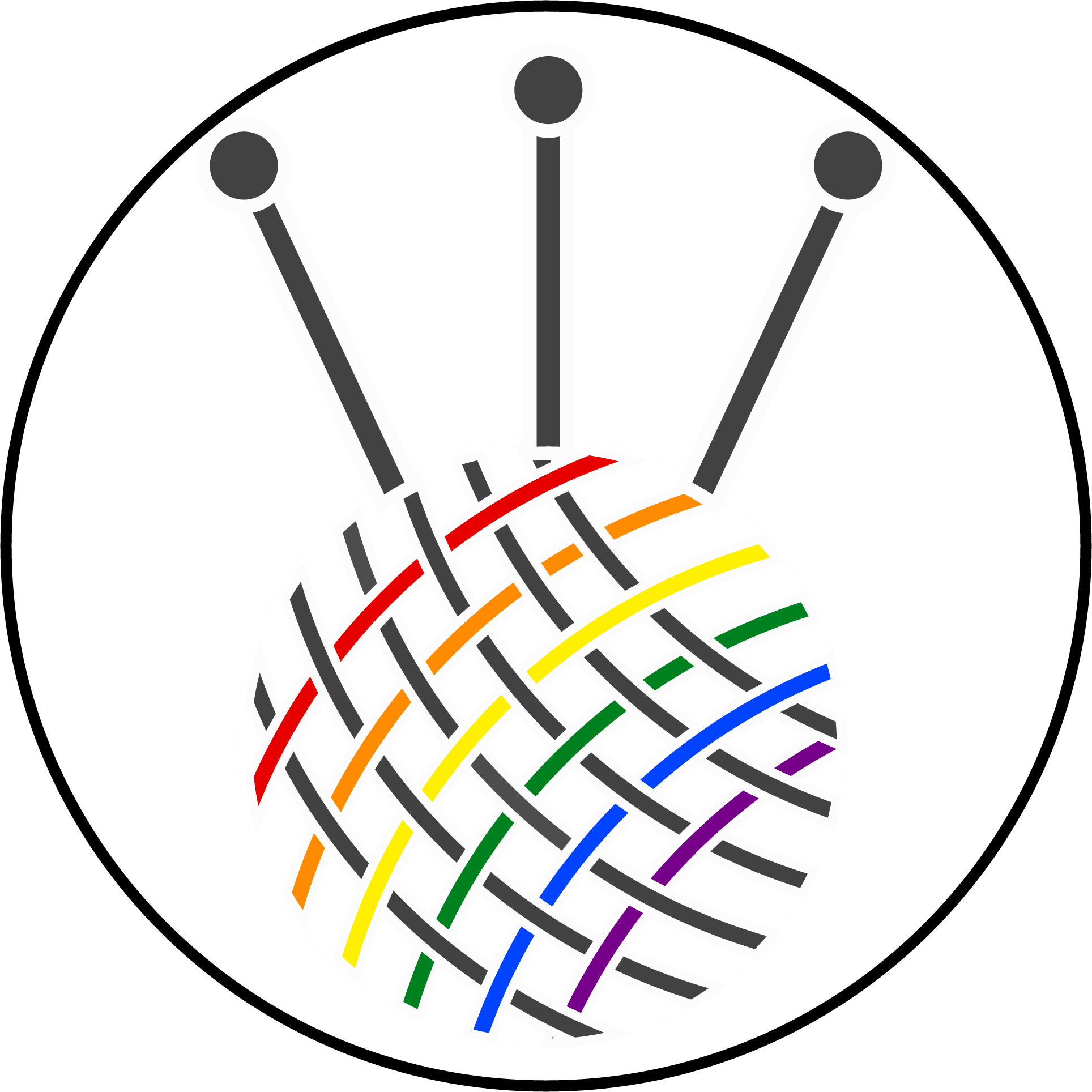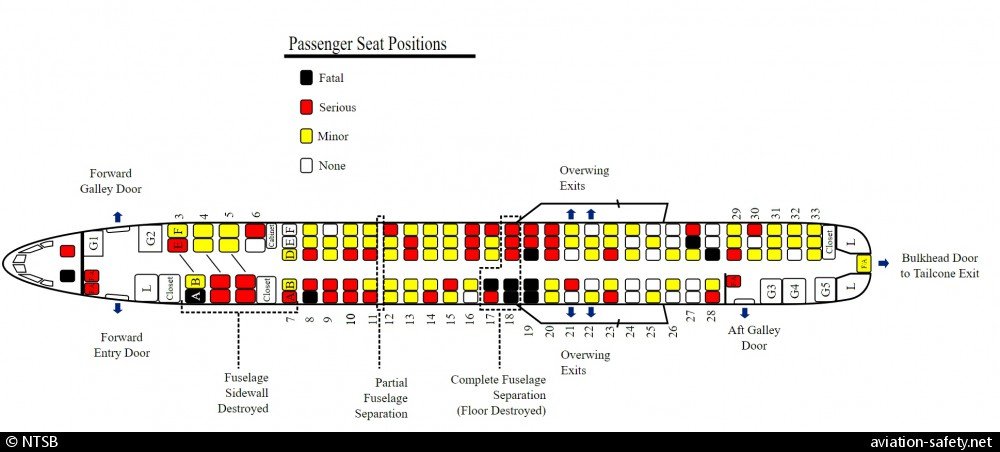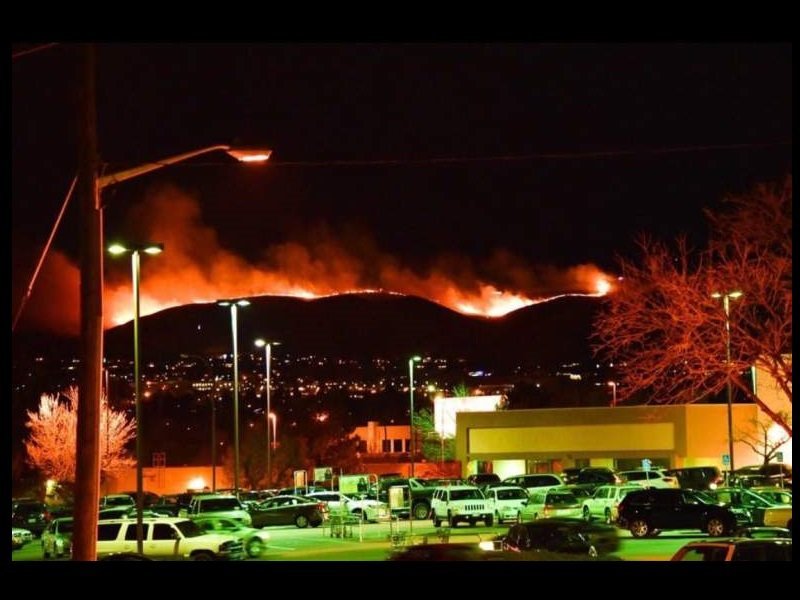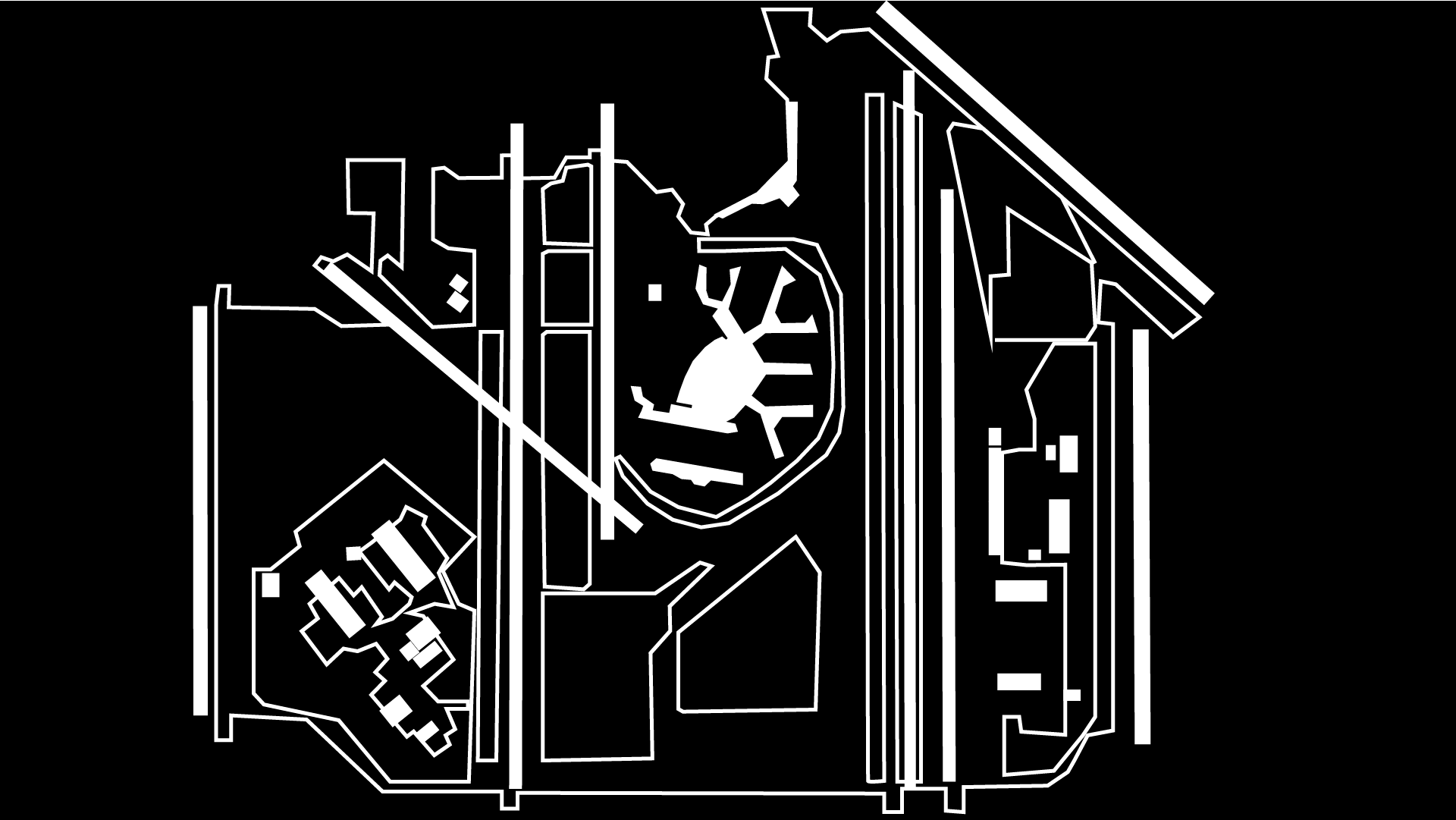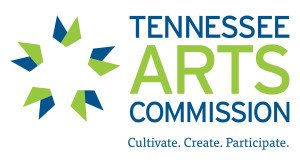The Cutting Room
New works are near and dear to our hearts and have become an essential component of our identity and programming. To expand our new play development we have begun a new initiative called: The Cutting Room.
-
Building upon the work and commitment of The Loom, Woven Theatre is excited to open The Cutting Room. The Cutting Room is a unique and intensive step in new play development consisting of multiple facets. We understand that new plays often get stuck in cycles of reading after reading, and the returns begin to diminish. The Cutting Room is designed specifically for that limbo state between readings and full production. t goes here
-
The Cutting Room serves a select group of plays that are on the edge of production. Plays are chosen for their merit, development history, and content. It is the goal that after the process the play and playwright will be well-positioned for full production. It is our hope that the playwright will leave with experience involving designers and actors, pre-production work, edits, conceptual designs, and an altogether deeper understanding of their piece. In the end, the playwright would leave with a package of feedback and preliminary designs built around the play.
-
Once chosen, the playwright will be paired with an experienced director particularly suited for their piece. Together, the director, playwright, and Woven Team will select a skilled cast and production team.
Along with serving the play and playwright, Woven hopes to also serve young and early career designers so that they may gain professional experience. These designers would be paired with mentors in their design area to help guide them through the process. During the cycle, the designers will craft conceptual designs that could include set renderings, sound cues and music, costume renders, lighting looks, and other elements the play might require.
Over the course of 6-8 weeks, the team of actors, designers, mentors, director, and playwright would meet for production meetings and rehearsals. Each cycle’s schedule will vary, but generally, rehearsals would meet weekly/bi-weekly.Description text goes here
-
At the end of the process, a reading will be presented alongside the work of the whole production team. A permanent page on Woven’s website would be dedicated to this play’s process. The materials created during the cycle would be shared with the playwright and production team so that they may use it as necessary.
Ground Effect
By Jonathan Alexandratos
Ciel has crashed in their childhood home, the Smoky Mountains of East Tennessee. They're a plane, you see, but not everyone believes them. As a result, Ciel doubts they'll ever fly again. However, as disaster inches closer, friend and foe alike motivate Ciel to try jumpstarting those engines one more time. The question is: can they get off the ground before it's too late? A story of finding home when home has been taken from you, Ground Effect presents the diverse range of characters often left out of Appalachian narratives as they claim the place that has been theirs for generations.
Playwright
Jonathan Alexandratos
Jonathan Alexandratos (they/them) is a Non-Binary, NYC-based playwright born and raised in Knoxville, Tennessee. Their work explores intersections of pop culture, Queerness (new and old), and home-building. In 2015, Jonathan was an Ingram New Works Lab playwright at Nashville Repertory Theatre, where they made We See What Happen, the immigration story of the playwright's grandmother as told by knock-off superhero action figures. The following year, Jonathan's play Duck, an animal allegory about friendship and Star Wars action figures, was produced in Strasbourg, France, by PEACE Productions. Jonathan's Ingram play, We See What Happen, would later go on to win the Greenhouse Award from Strange Sun Theater. They have also won awards and commissions from Parity Productions (2020 Parity Commission Winner), Abingdon Theatre (Father Hamblin Commission), Fresh Ground Pepper (BRB Retreat Artist), Queens Council on the Arts (New Works Grant Winner), Mission to (dit)Mars (Playwright in Residence), and others. Beyond the stage, Jonathan's work on the cultural impact of toys and action figures can be seen on PBS, read on Tor.com and Toy Wizards, and heard on the Is It Transphobic? podcast and more. Jonathan's book, Articulating the Action Figure: Essays on the Toys and Their Messages, is out now from McFarland. Find them on Twitter @jalexan.
Artists
Dana Purser Gary
Ciel
Dana Purser Gary (they/them/theirs) is a performer and musician hailing from Nashville. In recent years, they’ve been thrilled to work with local programs like The Cutting Room that support the development of new plays, including Woven, The Ingram New Works Festival, and Kindling Arts Festival. You can learn more about them at @pursermusic on all socials and at pursermusic.com.
Brooke Ferguson
Jewels
Brooke (she/her) is thrilled to be working with the Woven team on this exciting project and is so thankful for the growth of new works. Brooke is part of the Nashville Repertory Theater 615 co-hort. Her work was featured in Little Hollow (2020) and Pipeline Playground Series (2019). Brooke has worked with various companies in Nashville including Nashville Shakespeare Festival, Theater Bug, Verge Theater Company and Woven Theatre. Brooke wants to thank her family and friends for their love and unending support and thanks God every day for this passion and the opportunities to play
Fiona Soul
Phoebe
Fiona (she/her) is an actress and voiceover/radio talent who is grateful for the grace to work in the arts. "Tall Tales" is Fiona's first show with Woven Theatre Company and some of her Tennessee theatre credits include: "Beneatha's Place"/ Verge Theater Company, "Murder at the Masquerade"/The Murder Mystery Company, "Father of the Bride"/Lakewood Theatre Company, "The Piano Lesson"/Circle Players, "Avenue Q"/Street Theatre Company, "Little Shop of Horrors"/Mel O'Drama Theater, and "Marisol"/Actors Bridge Ensemble.
Cody Hartman
Ryan
(he/him)
Sam Lowry
Co-Director of The Cutting Room/Projections Designer
Sam Lowry (he/him) is an Atlanta born theatre artist who now calls Nashville home. He holds a B.F.A in Directing from Belmont University. Along the way he has served as a director, designer, actor, dramaturg and stage combat choreographer. He is attracted to powerful, intimate theatre that provokes thought and discourse.
William Kyle Odum
William Kyle Odum (he/him) is from Harlem, Georgia but now calls Nashville home. He currently works at the Harpeth Hall School as an Assistant Technical Director, IT specialist, and as a Director. Although Kyle has a degree in directing he is also a sound designer, light designer, and set designer has worked with many theatres and schools across the Nashville area including The Nashville Children's Theatre, The Nashville Rep, Studio Tenn, NSF, TSU, Belmont University, Fisk University, Verge Theatre, and Pipe-line Collective. Recent credits include the World Premiere of Tall Tales, Opus: The Totally Real Not Made Up Story of a Boy and his Skeleton, TRUTH/DARE and the Pitchforks with Woven Theatre, Smart People and Inherit the Wind with the Nashville Rep, Kimberly Akimbo and The Flick with Verge Theatre and Ghost and Dragons Love Tacos with the Nashville Children's Theatre. Coming up he is providing the sound design for The Last Days of Judas Iscariot at Vanderbilt Undersity. He is also a Co-Founder and an Artistic Council member with Woven Theatre Company and serves as a producer on all productions. Mr. Odum holds a B.F.A. in Theatre Directing and is a member of the Theatrical Sound Designers and Composers Association (TSDCA) and the Association of Sound Designers (ASD). woventheatre.org
Research and Design

“Black Box” or Flight Recorders
Woven throughout ‘Ground Effect’ is the use of a ‘black box’ recording of the final moments of Northstar 865. This theatrical device connects the characters through the ideas of flights and crashing.
Some may find it interesting to know that the ‘black boxes’ on planes today are no longer black, rather they are BRIGHT orange. The terms came from the British during World War II who had electronic devices encased in non-reflective black boxes. The system is generally in two parts: The Flight Data Recorder (FDR) and The Cockpit Voice Recorder (CVR). What the public refers to as the ‘black box’ actually refers to the Cockpit Voice Recorder, which only records audio in the cockpit, while the Flight Data Recorder records numerous data points (at minimum 88 points) about the plane and flight. For example, the FDR would log time of day, engine information, altitude, pitch, yaw, roll, selt-belt information and a plethora of other things.
FDR’s and CVR’s must be extremely sturdy to survive a crash and be located after. They come equipped with an underwater locator beacon. This beacon transmits ultrasonic pulses that can be detected by sonar and audio equipment, up to 14,000 feet. Intregrated into these units is a robust battery with a 6 year shelf life. After a crash the recorder will send out signals for 30 days.
Before being put on an aircraft they are tested. They must be able to withstand an impact of 466 miles per hour, a static load of 2.25 tons for 5 minutes, temperatures of 2,012 Fahrenheit for an hour, and underwater pressure of up to 19,700 feet.
Orginal recorders would etch information on long metal foil spoils and by the 1970’s the data was captured on magnetic tape reels. In the 1960’s FDRs and CVRs became mandatory for all airliners across the globe. A huge advancement in recording technology came in the 1990’s in the form of solid state memory. Other than how the data is stored not much has changed about flight recorders.
Following Malaysia Airline Flight 370 the SAFE Act was reintroduced in the House of Representatives. This demonstrated the limits of flight recorders. Investigators need to physically have the recorder to get any information about the flight. However, in this case, since the flight disappeared there was no FDR or CVR. There has been a call to supplement or replace current recording systems with live streams of data to the ground. This would allow for the tracking of the flight in real-time.
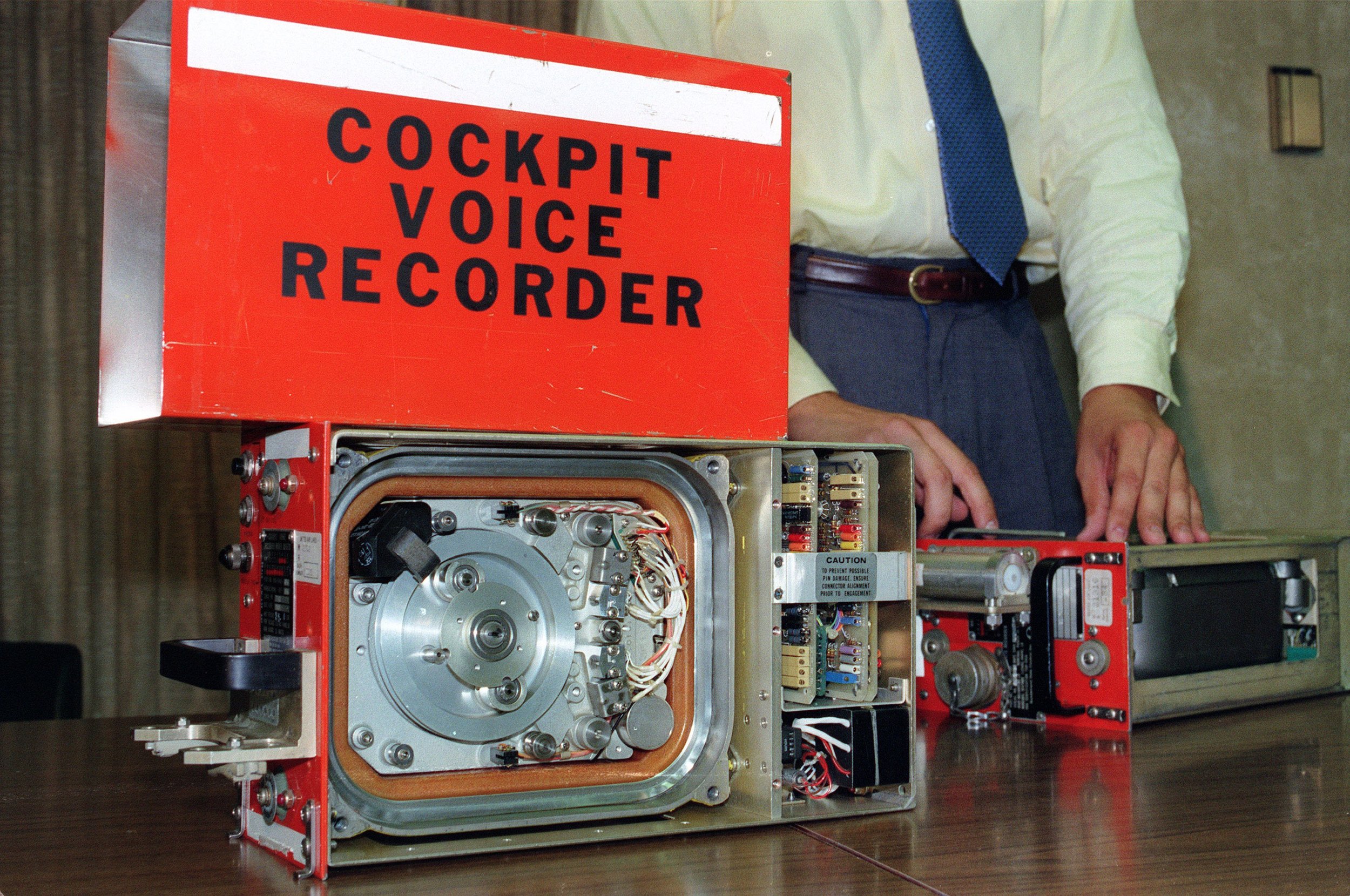

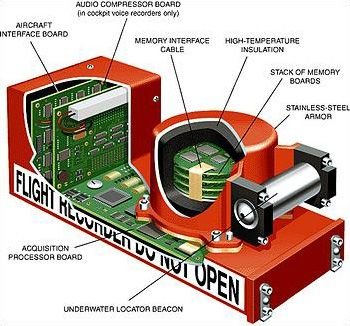
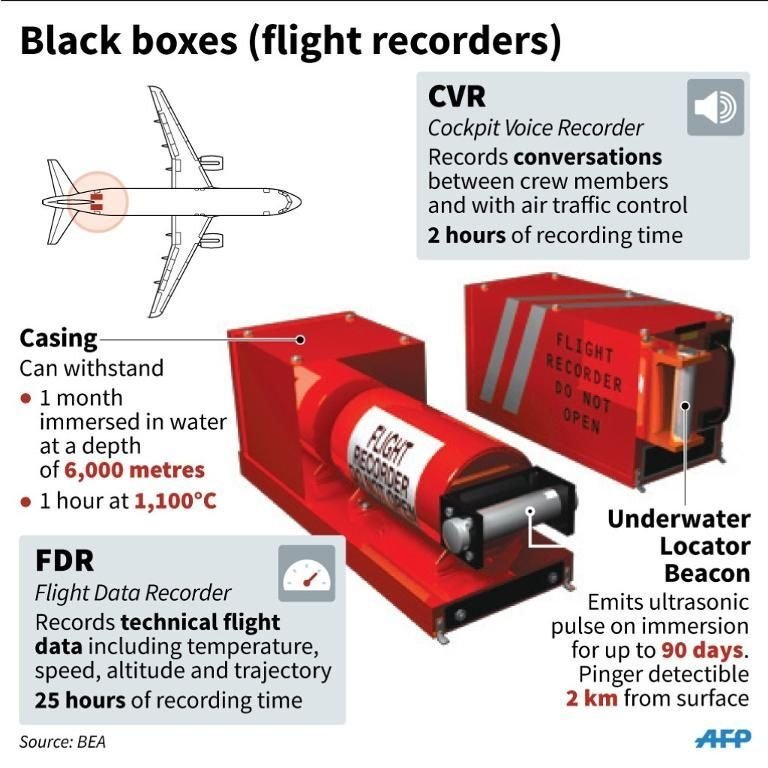
Terrain Avoidance and Warning System (TAWS)
Aircraft are equipped with systems that provide information to flight crew members about potentially hazardous terrain situations. With that information, they are able to make adjustments and changes to avoid crashes or Controlled Flight into Terrain (CFIT) events.
These systems were added in the 1970s to mitigate CFIT accidents and the first iteration was called the Ground Proximity Warning System (GPWS). While effective there were severe limitations. GPWS was dependent on the radio altimeter to the relationship between the aircraft and terrain, and unfortunately, this did not leave much time for pilots to react. In the late 90s an update for the system was developed called the Enhanced Ground Proximity Warning System (EGPWS) specifically to address that limitation. The update used radio altimeters and GPS information.
From Sky Brary:
TAWS equipment must provide the following functions:
A Forward Looking Terrain Avoidance (FLTA) function. The FLTA function looks ahead of the aircraft along and below its lateral and vertical flight path and provides suitable alerts if a potential CFIT threat exists.
A Premature Descent Alert (PDA) function. The DA function of the TAWS uses the aircraft’s current position and flight path information as determined from a suitable navigation source and airport database to determine if the aircraft is hazardously below the normal (typically 3 degree) approach path for the nearest runway as defined by the alerting algorithm.
An appropriate visual and aural discrete signal for both caution and warning alerts.
Class A TAWS equipment must provide terrain information to be presented on a display system.
Class A TAWS equipment must provide indications of imminent contact with the ground for the following conditions:
Excessive Rates of Descent
Excessive Closure Rate to Terrain.
Negative Climb Rate or Altitude Loss After Take-off
Flight Into Terrain When Not in Landing Configuration
Excessive downward deviation from an Instrument Landing System (ILS) glideslope, Localizer Performance and Vertical Guidance (LPV), or Global Navigation Satellite System (GNSS) Landing System (GLS) glidepath.
Voice callout “Five Hundred” when the airplane descends to 500 feet above the terrain or nearest runway elevation.
Class B equipment must provide indications of imminent contact with the ground during the following aircraft operations:
Excessive Rates of Descent
Negative Climb Rate or Altitude Loss After Takeoff
A voice callout “Five Hundred” when the airplane descends to 500 feet above the nearest runway elevation.
Opiods
A struggle facing Appalachia and many other regions of the U.S. is Opioid addiction. This is key point facing the character Jewels in Ground Effect.
Opioid drugs are derived from the opium poppy and it has been long culivated my many cilivations. In fact it can be considered one of the oldest drugs. Morphine and codeine are both devired from the opium poppy.
It's history can be traced all the way back to 5,500 BC and has been culivated since at least 3,400 BC. Seeds can be found in archeological sites across Europe, Africa, and asia and many ancient civilizations reference the drug.
By the 1800’s opium pills were used on battlefield and were used extensively during the American Civil War.
Modern opiod issues can be traced to the Mid-1990’s when Purdue Pharma developed Oxycontin. This breakthru in synthetic opiods combined with pain being considered a urgent symptom that needed to be addressed led to excessive prescriptions being written.
Opioids in Appalachia
While the opioid crisis is pronounced in many regions of the U.S. Appalachia has been hit especially hard. According to studies by the end of 2017 opioid related overdose deaths were 72% higher in Appalachian counties versus non Appalachian counties.
NACo Analysis of Centers for Disease Control and Prevention, National Center for Health Statistics, Multiple Cause of Death 1999- 2017 on CDC WONDER Online Database
The same disproportionate effects can be sense when analyzing the prescription rates between Appalachian counties versus non-Appalachian counties.
NACo Analysis of Centers for Disease Control and Prevention data from IQVIA Xponent 2006–2017
Prescription rates are not the only factors that contributed to the epidemic in Appalachia. Other socioeconomic factors aggravated the issue.
NACo Analysis of Centers for Disease Control and Prevention
The Cost of Addiction
Addiction is devasting mentally, physically, and even monetarily. Continuing to use opioids after prescriptions stop is often exceedingly more expensive.
There are so many varieties of opioids at different price points that exact costs can be hard to determine. Coupled with how insurance companies can offset costs, finding a figure is even more challenging.
Opioid Price Comparision
If taken 3 times per Oxycodone costs about $361.35 a year without insurance while it would cost $3,285 per year on the street. Like many drugs over time an individual will have to take more and more to achieve the same effects.
However, heroin continues to get less expensive but more potent which leads many suffering from addiction to switch. A bag of heroin costs between $5 and $20 per bag. Synethic opioids such as fentanyl are being mass produced further lowering the cost.
Naloxone is a highly effective counteragent to opiods with a single does being able to reverse an overdose in less than 5 minutes. Unforunately, access to this lifesaving drug is expensive and challenging. A dose of Naloxone nasal spray toay costs about $150 where as the same does 10 years ago cost $1.
Design
Sound design
This play has a rich sonic fabric that allows for a plethora of design choices. When sorting through the script and deciding what the most important elements to flesh out we landed on 2 things: Fire and Black Box Recordings. These 2 elements felt the most critical for this process.
“Why is the ground on fire?” -Ciel
The fire represents an ever-present looming force threatening our characters. Fire is live and full of chaos just like our characters. They must constantly keep internal flames in check or they will perish. The introduction of the forest fire adds an external element that the characters must contend with. It serves as an accelerant that forces the characters to deal with their issues much quicker than they ever could. As the fire grows the clock is ticking faster and faster. At any point, the fire could consume them. It was important for this process to hear and feel this ever-present and looming force continually growing. When constructing the fire we did not want to limit ourselves to one expression fire. Wildfires consume everything in their path constantly varying the sound. So many factors come together to make the timbre of a fire. There are the controlled pops and cracks of a controlled fireplace, the squeal of stream erupting from some flame coated object, the wind whipping the flames all over etc. Each scene added a new layer of fire, starting with a distant crackle before transforming into an engulfing inferno.
Next we had to tackle the ‘black box’ recordings. These recordings served as an expression of trauma and proof of tragedy. On a technical end a lot of research went in to how these rcorders fucntion. It was important to also keep the year and aircraft in mind. It became evident early that reality would to be set aside a bit. Often these recordings are hard to understand without subtitles. We decided we needed to keep the tone and harshness of the real recordings but increase how understandability.
Projection Design
Present the world as they see it, whether that is showing the ever-present fire that affects them all or manifesting the dreams and visions of Jewels and Ceil.
The wildfire is the driving undercurrent of the show. Its seeming inevitability and looming danger literally and figuratively cast the actions and decisions of the characters in a unique light—one with long shadows and a stark contrast between light and dark.
Other than the fire, it is essential to see a few moments the way a character experiences them. One must see the vision as Jewels sees it. It was vital that as she spoke and responded to her hallucination, it responded in a way that made sense.
The constructed model airport was a central focus, especially for Ciel. It needed to feel magical and special. To accomplish this we chose to digitally make a 2-D representation of the airport projected onto the floor of Ciel’s house.
It wasn’t enough to have this as a static image. The airport lives and breathes and is connected directly to Ciel. They speak to it, they play with it, so it need to have some life.
Next, we needed to tackle the wonderfully vivid writing Jonathan used to describe Jewel’s vision in the forest.
This program brought to you by the generous support of the Tennesse Arts Commission
